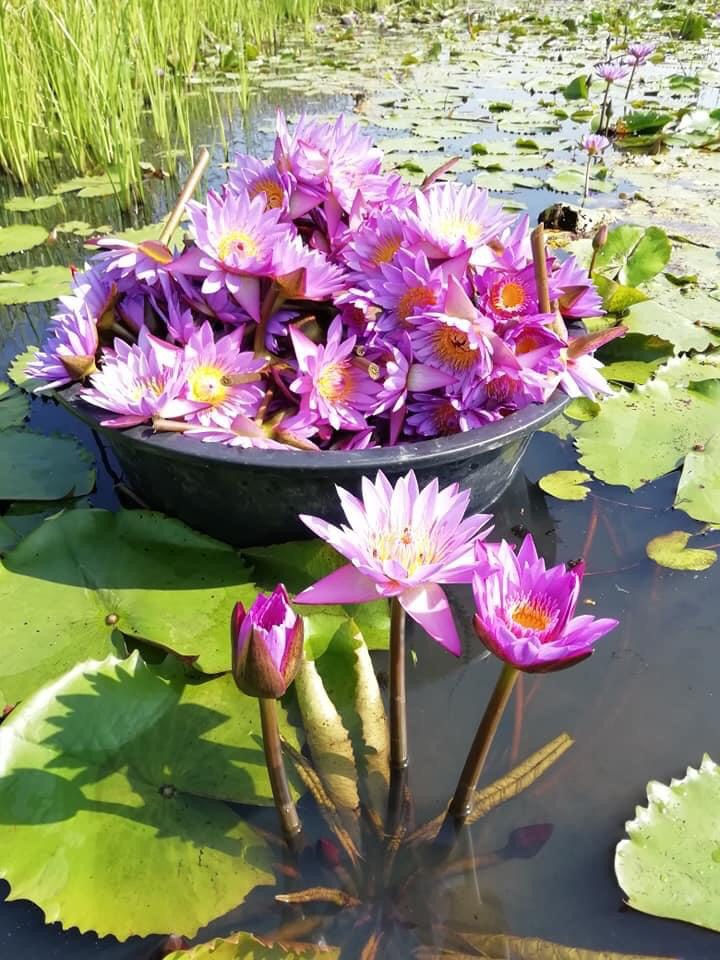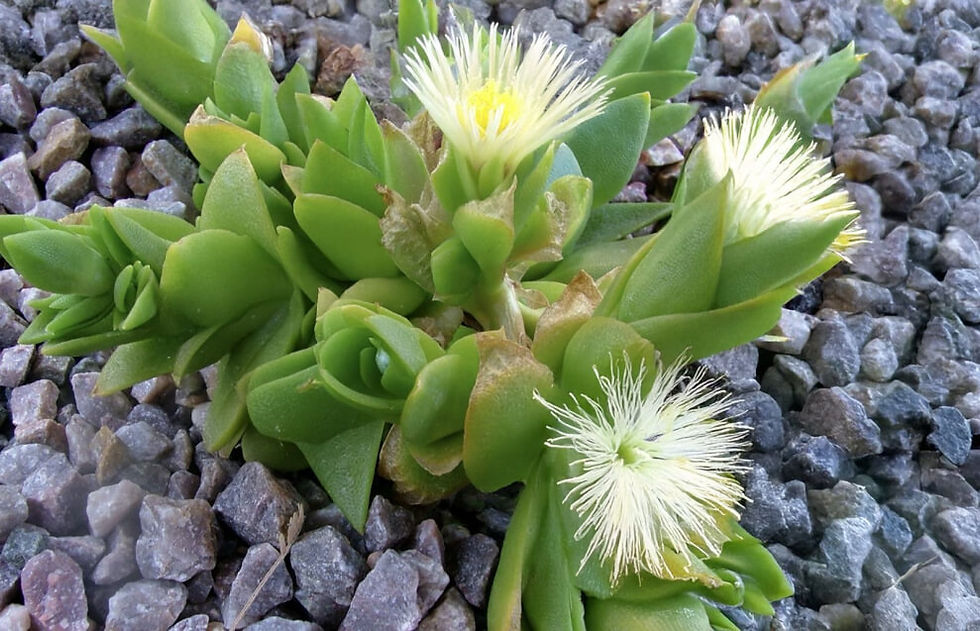Sip the Sacred: How to Make Blue Lotus Tea & Open to Its Magic
- Dave

- Jul 23
- 3 min read

In this guide, we’ll walk you through how to make Blue Lotus tea, share other ways to use the flower, and touch on how it’s still used ceremonially to invite insight, sensuality, and connection.
What Is Blue Lotus?
Despite its name, Blue Lotus isn’t technically a lotus but a water lily Nymphaea caerulea, to be exact. Native to the Nile River region and parts of East Africa, this flower was sacred in ancient Egypt. It was often depicted in tombs, temples, and papyri, symbolizing creation, divine birth, and spiritual resurrection.
Pharaohs and priests used Blue Lotus in rituals, often infused into wine or smoked, to induce dreamlike states or connect with higher consciousness. Modern users turn to it for its gentle psychoactive properties, often describing it as heart-opening, emotionally softening, or mildly aphrodisiac in effect.

Why Drink Blue Lotus as Tea?
Tea is perhaps the most accessible and peaceful way to enjoy Blue Lotus. Unlike smoking or tinctures, tea allows the essence of the flower to unfold slowly, revealing layers of calm, inner warmth, and spaciousness in the mind. Many users report a sense of subtle euphoria, dreaminess, or a heightened sense of presence when consumed this way—perfect for evenings, meditation, or sacred self-time.
How to Make Blue Lotus Tea
🫖 You’ll Need:
250–300 ml (1–1.5 cups) of hot water
1–2 grams of dried Blue Lotus petals (or a compressed flower)
Optional: a slice of lemon or a dash of honey
Tea infuser or strainer
Small teapot or cup with lid
Instructions:
Bring your water to a gentle heat not boiling. Aim for around 85–90°C (185°F) to preserve the active alkaloids.
Place the petals or flower in a tea infuser or directly into your pot.
Pour the hot water over the petals, cover, and steep for 10–15 minutes.
Optional: Add lemon juice to slightly enhance alkaloid extraction and flavor.
Strain into a cup and sweeten with honey or agave if desired.
Drink slowly and mindfully. Effects often begin within 20–40 minutes and can last 2–4 hours.

Dosing for Blue Lotus Tea
Here’s a general idea of what to use:
Light dose: 1 gram of dried petals
Standard dose: 1.5–2 grams
Deep dose: 3 grams or more (usually for ceremonial or meditative use)
Everyone’s body reacts a little differently, so start low if you’re new to Blue Lotus and build from there. It’s non-toxic, but high doses may make you feel overly drowsy.
Sublingual & Oral Use of Blue Lotus
Another way to connect more directly with the spirit of Blue Lotus is to hold the petals in your mouth, similar to chewing tobacco or kanna. Simply take a small amount (about 0.5–1 gram), tuck it between your gums and cheek or under your tongue, and let the flower release its subtle alkaloids slowly.
The taste is floral and slightly bitter-sweet. The experience tends to be milder but more emotionally potent, with some users reporting moments of deep introspection or waves of calm affection.
Blue Lotus in Ceremony: Returning to the Sacred
Blue Lotus has always been more than just a herbal relaxant it’s a symbol of the divine feminine, the mystery of rebirth, and the flowering of consciousness. Today, modern facilitators are reviving this ancient connection through Blue Lotus ceremonies.
In these sacred gatherings, the flower is used alongside breathwork, sound healing, meditation, and intention-setting to help participants open the heart and quiet the mind. Some compare it to a gentle entheogen: never overwhelming, always guiding, and deeply nurturing.


